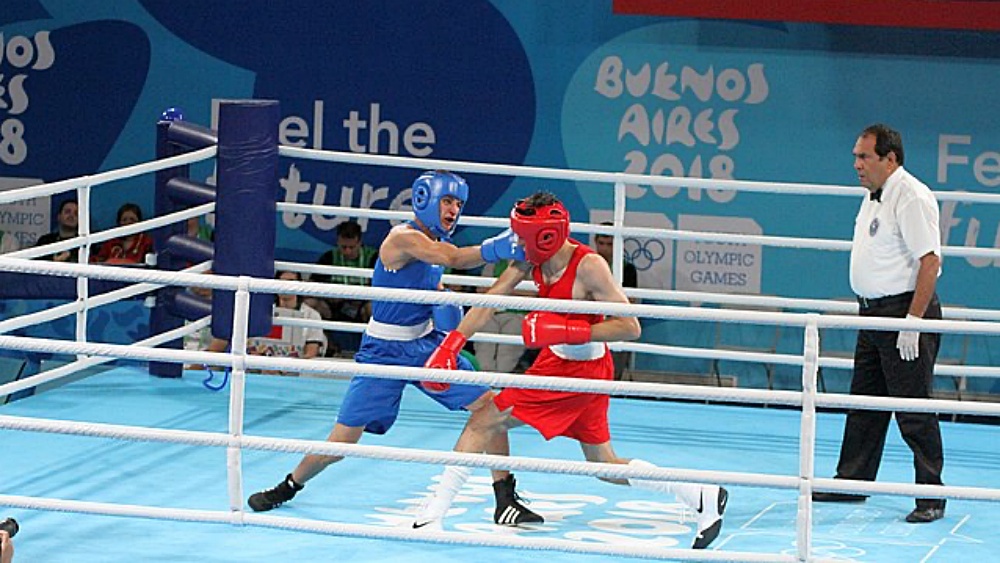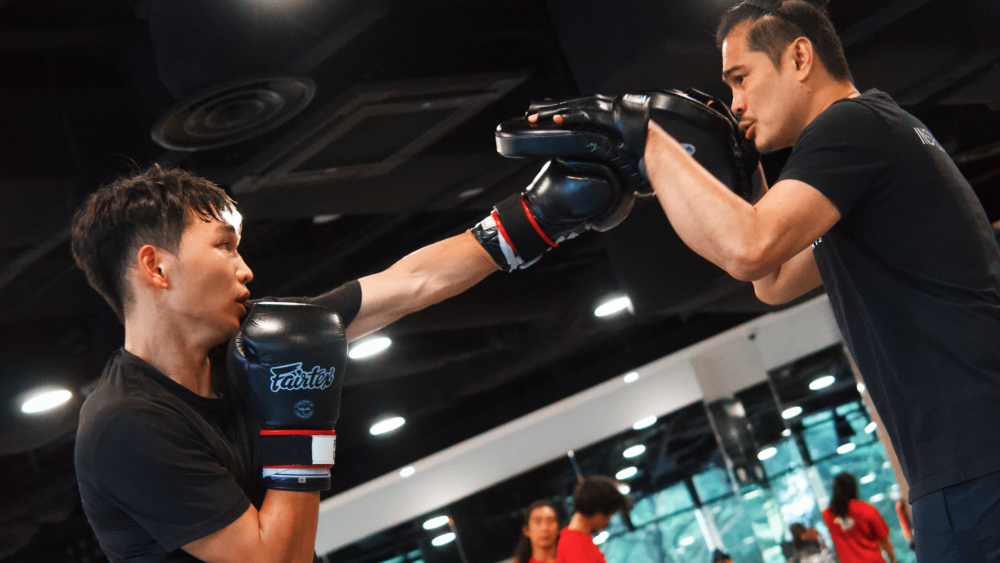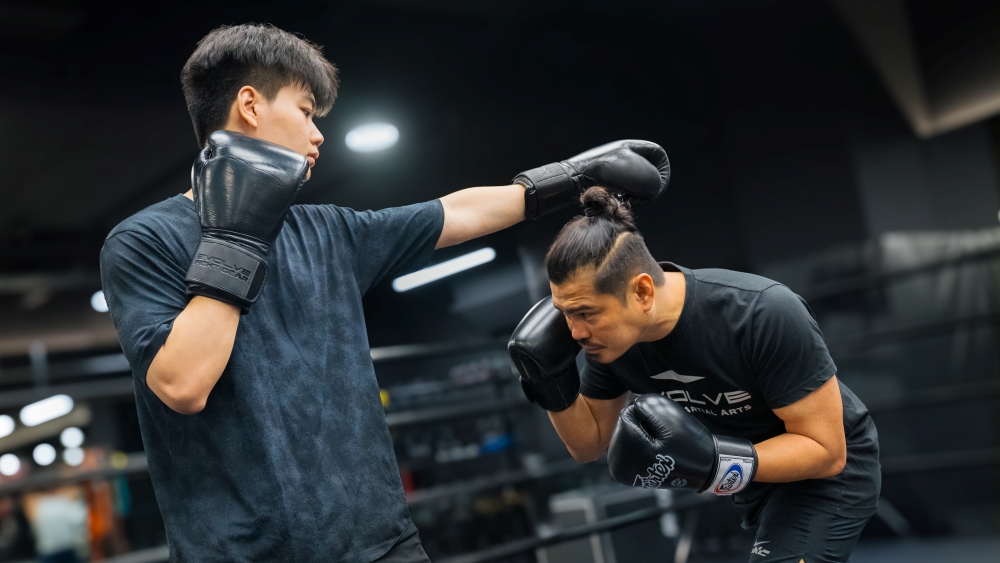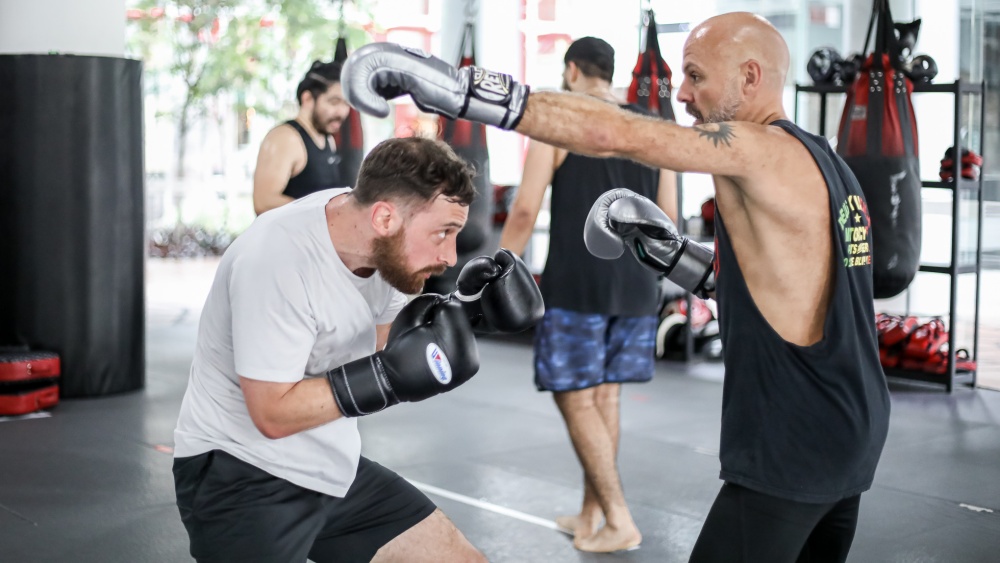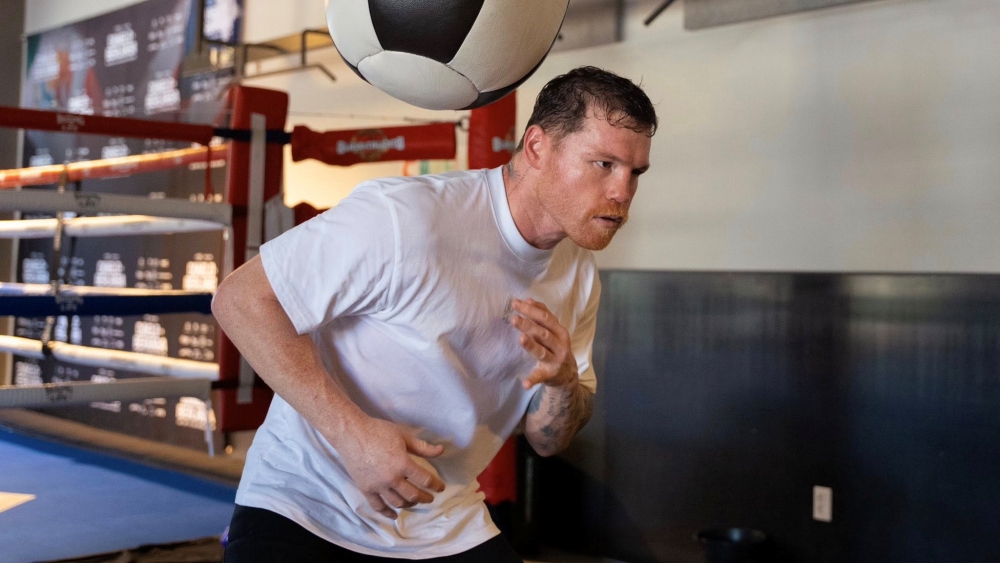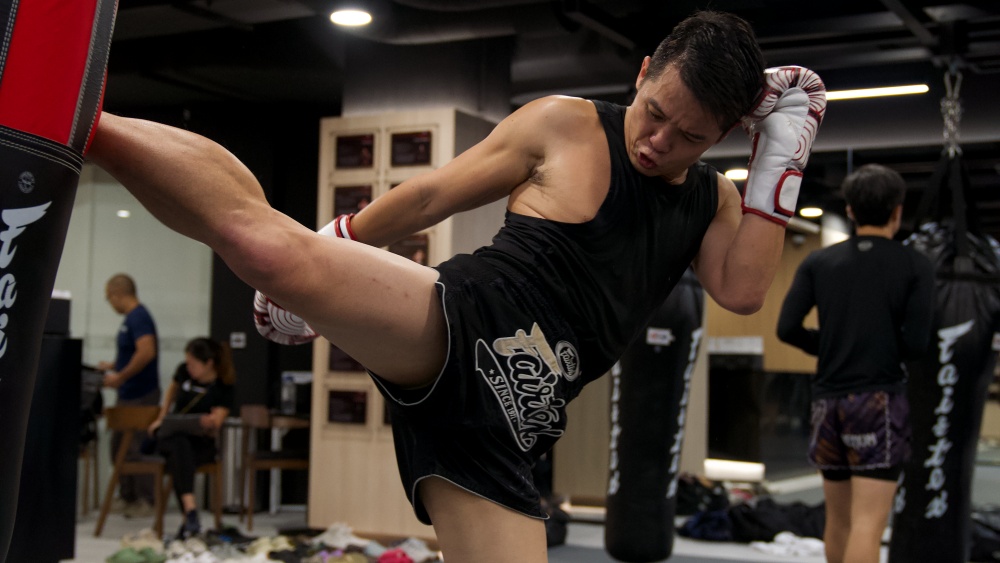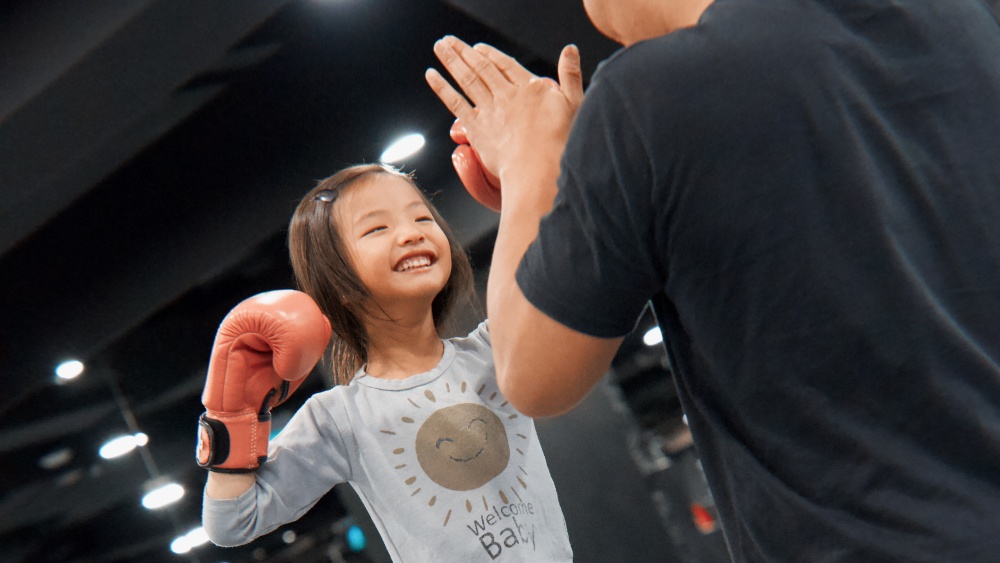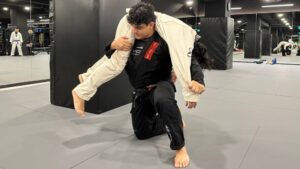In the sport of boxing, landing a clean headshot is an art that requires nuance and technique. The head is one of the most elusive targets because a skilled opponent will constantly move, guard, and anticipate your shots. That’s why setting up a headshot isn’t as simple as throwing a punch and hoping it lands. You need to create openings and opportunities, using your skillset to catch your opponent off guard. Here are five practical ways to set up a headshot in boxing.
1) Using Feints
Feints are a subtle but powerful way to deceive your opponent. A feint is essentially a fake movement, where you pretend to throw a punch or make a move to provoke a reaction from your opponent. The goal of a feint is to get your opponent to drop their guard or move in a way that leaves them vulnerable to your real punch.
When setting up a headshot, you can use a feint to make your opponent think you’re targeting their body or throwing a different punch. For example, you can dip your shoulder as if you’re about to throw a body shot, causing them to drop their hands in anticipation. As soon as their guard comes down, you quickly switch and throw a punch to their head.
Feints can also be used to gauge your opponent’s reactions. After a few successful feints, you’ll start to notice patterns in how they respond. Once you understand their tendencies, you can use that knowledge to effectively set up your headshots.
2) Using Combinations
Throwing combinations is one of the most effective ways to set up a headshot. A combination is a series of punches thrown in rapid succession, usually mixing up different targets. Combinations are essential because they overwhelm your opponent’s defenses, forcing them to react and potentially leaving openings in their guard.
When you throw a combination, your opponent must choose which punches to block, which usually involves focusing on the punches coming toward their body or the ones aimed at their head. By mixing up your shots, you can create confusion and prevent them from effectively defending both areas at once.
The beauty of combinations is that they don’t give your opponent time to think. If you throw single punches, your opponent has time to block, counter, or move away. But when you throw a combination, they’re under constant pressure, which increases the chances of landing a clean headshot.
3) Switching From Body To Head
One of the most tried-and-true methods for setting up a headshot is to switch between targeting the body and the head. By alternating between these two areas, you keep your opponent guessing, forcing them to constantly adjust their guard and defend multiple areas of their body.
Body shots are especially useful because they naturally lower your opponent’s guard. A well-placed punch to the ribs or liver can cause them to drop their hands as they brace for the impact, that’s your signal to switch to the head.
For example, start with a few hard jabs to the body, forcing your opponent to lower their arms. After they begin anticipating the body shots, you quickly change direction and throw a hook or uppercut to the head. The sudden switch in target catches them off guard, and because they’re focused on protecting their body, they leave their head vulnerable.
This approach not only opens up the head for clean shots but also makes your opponent wary of your body punches, which can cause them to overreact and give you more opportunities to land that knockout punch.
4) Counter Shots
One of the best opportunities to land a headshot is by using counterpunches. Counter shots are punches you throw in response to your opponent’s attack. The benefit of counter punches is that they take advantage of the moments when your opponent is most vulnerable, right after they’ve committed to a punch.
When your opponent throws a punch, especially if it’s a power shot, they temporarily expose themselves. Their guard may drop, their balance might shift, or they may be overextended. This is the perfect moment to throw a countershot to the head, capitalizing on their mistake.
The key to effective counterpunching is timing and precision. You need to anticipate your opponent’s punches and be ready to respond instantly. By mastering counter shots, you can turn your opponent’s aggression against them and land devastating headshots when they least expect it.
5) Using The Jab To Create Openings
The jab is one of the most important tools in boxing, and it’s also one of the best ways to set up headshots. An excellent jab can keep your opponent on the defensive, disrupt their timing, and create openings for more powerful punches.
The beauty of the jab is that it’s a quick, sharp punch that can be thrown from a distance without leaving you exposed. It forces your opponent to react, thereby keeping them on the defensive cycle. Every time your opponent responds to a jab, they create subtle openings that you can exploit.
The jab also helps you establish control of the fight. By consistently jabbing, you can keep your opponent on the defensive and force them to respond to your pace. This gives you the advantage of dictating the fight and setting up headshots when you see an opening.
In addition to creating openings, the jab can also be used to disrupt your opponent’s attacks. If they’re coming forward aggressively, a solid jab can stop them in their tracks, leaving them momentarily off balance and vulnerable to a headshot.
Putting It All Together
The beauty of boxing lies in its complexity and the layers of strategy involved. By combining every tip that we discussed above, you can significantly improve your chances of landing a power shot. The key is to be adaptable and patient at all times. Understand that the perfect shot will only reveal itself once you force the opponent into compromising positions. When you combine all these elements, you’ll find yourself landing clean head shots and dominating your opponent in the ring.
Conclusion
Setting up a headshot in boxing (or any striking art) requires more than just raw power and speed. It demands strategy and a deep understanding of your opponent’s movements. Remember, the key is not just to throw punches but to create opportunities and capitalize on your opponent’s vulnerabilities.
You may also like:
Naoya Inoue Fights: 7 Of His Best Wins Inside The Squared Circle
